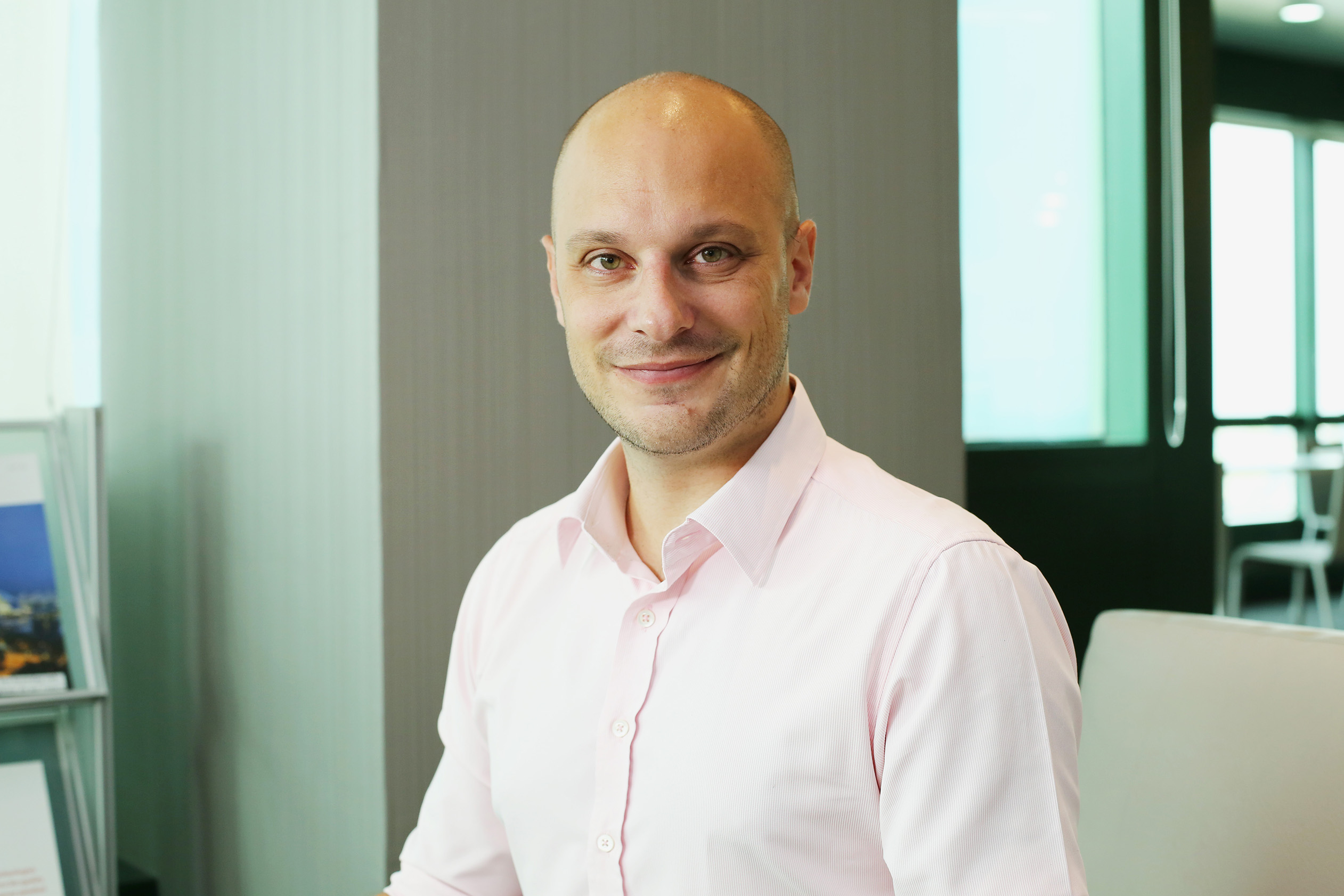Governments across the Asia Pacific region are keen to implement smart city projects. Here is a look at some major initiatives from the perspective of Arup planning consultant, Brice Richard.
Governments across the Asia Pacific region are keen to implement
smart city projects. Here is a look at some major initiatives from the perspective of Brice Richard, Digital Leader at Arup Singapore.
The Asia Pacific region is home to some of the world’s fastest growing cities. Four among them that have seen significant investments in smart city projects are Singapore, Hong Kong, Sydney, and Melbourne. According to Brice Richard, the consultant that worked in the development of these cities, the key focus areas differed based on their requirements.
“We’ve worked with the Singapore Housing Development Board (HDB) in defining their smart city and smart
public housing strategy,” Brice said.
“In Singapore, public housing is extremely important, with more than 80 percent of the population living in them. The authorities wanted to understand how technology could make public housing across the city more efficient, more livable, more vibrant.”
In Hong Kong, Arup led the Smart City Kowloon East feasibility study to transform a decommissioned airport and old industrial area into Hong Kong’s new Central Business District. In Sydney and Melbourne, the focus of some of Arup’s projects was in developing places of innovation and collaboration that would attract and empower knowledge-intensive industries, start-ups and entrepreneurs.
Identifying the focus areas
 Brice Richard, Digital Leader,
Brice Richard, Digital Leader,
Arup Signapore
Zeroing in on a focus area is critical to smart city projects. This is either done by the city authorities before bringing in a consultant or decided after discussions with them. Talking about Arup’s experience, Brice said that for several of their projects, the consultancy was brought in at an early stage of the planning and this led to them involving more in the identification process. Hong Kong, notably, was a case where Arup was involved both at the visioning stage, and later on in the implementation steps.
“Often, the client already has an idea of what they want their ‘Smart City focus’ to be,” Brice said. “For example, in the case of Singapore’s HDB, our client already had a framework in place, and were looking for ways to improve and extend it. However, even in cases where our client knows what they want, there could be opportunities to refine their strategy, and help them prioritize. For example, our Hong Kong team jointly identified priorities for the district based on which series of pilots were selected for testing an implementation, from smart
crowd management to wayfinding and
smart public lighting.”
Solutions proposed and implemented
Usually, when it comes to smart city development, end users focus excessively on technology, and often get distracted by fancy gadgets, like
virtual reality or drones. However, many forget that being ‘smart’ is not necessarily implementing complex technology. It also involves sound architecture and design, urban and
transport planning, sustainability strategies, just to name a few.
It is the combination of all these disciplines working together toward the realization of a “Smart Vision” that makes a city, a district or a building really smart. For example, in one of its projects, Arup proposed 48 smart solutions that could potentially be implemented on the ground. However, they collaborated closely with the architects and landscape designers to ensure that these technologies were resonating with and enhancing the architectural vision of the place.
“For instance, in one of our districts in Singapore, the client was very interested in
autonomous vehicles,” Brice said. “There is an element of technology in autonomous vehicles, in the vehicle itself, in customers accessing it and developing parking spaces for it. But there are also a lot of questions that are not related to technology. These include factors like architecture and infrastructure. For instance, if an automated vehicle is going around picking up people, the infrastructure needs to be built to accommodate them, and the space must be planned in a way that accommodates this very new way of moving,
parking, picking people up.”
The complexity of implementation
Planning solutions based on the requirements is only half the work done. Their implementation is perhaps the most difficult part of it all. One of the reasons for this is that even when a technology may be robust, its efficient functioning is decided by several factors surrounding it. These factors often involve the integration of new technology with old technology; the cost-benefit analysis of new technology, which is often not entirely clear; and the changes in people’s skills and processes that must accompany the installation of new technology.
“Let’s say you have a technology that detects people coming into a building, and adjusts the temperature inside depending on the need,” Brice said. “Ideally, this will optimize the temperature based on the requirements. However, quite often, the HVAC systems that are already in place in the building are old and cannot be integrated with new solutions. This compatibility problems with legacy systems is a common issue.”
Another common challenge is the lack of skilled personnel. For instance, buildings will have numerous sensors installed that will collect data.
However, this is of no use if the real estate developer does not have employees who know how to make use of this data. “It is quite common to see complex BMS being implemented, but only 10 percent of its functionalities actually being used because the level of data literacy needed to act upon complex statistics is not present in the company.”